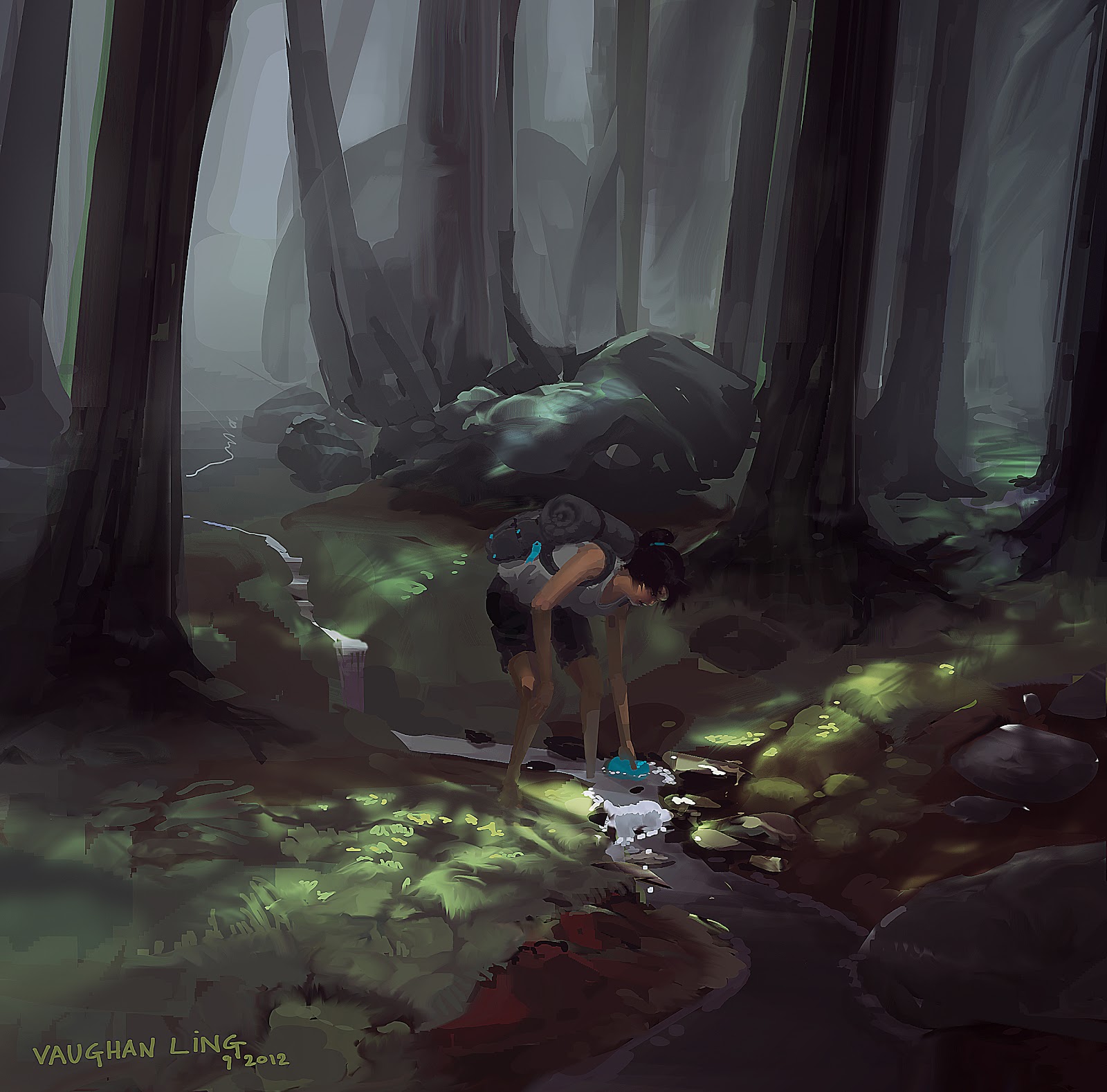

Only the table host stays to welcome the next group and briefly fills them in on what happened in the previous round, using the flipchart tablecloths as a visual reminder of the previous conversation.Ĥ) Questions: each round is prefaced with a question designed for the specific context and desired purpose of the session. At the end of the twenty minutes, each member of the group moves to a different new table. Small group sizes are essential.Ģ) Welcome and Introduction: The host begins with a word of welcome and an introduction to the World Café process, setting the context, explaining the etiquette of the cafe (see visual on the next page), and putting participants at ease.ģ) Small Group Rounds: The process begins with the first of three twenty minute rounds of conversation for the small group seated around a table. There should be 3-6 chairs at each table. small round tables covered with a tablecloth, plenty of paper or a flipchart paper tablecloth, coloured pens. Specifics of context, numbers, purpose, location, and other circumstances are factored into each event’s unique invitation, design, and question choice, but the following five components comprise the basic model:ġ) Setting: Create a “special” environment, most often modelled after a café, where people feel invited to contribute i.e. World Café can be modified to meet a wide variety of needs. Source: World Café Community, example of a World Café setting By organizing several discussion rounds where people are invited to discuss a topic of mutual interest in small groups, the technique enables bringing together individual ideas into one comprehensive message. The technique builds on the notion of group intelligence.


It is a creative process for leading collaborative dialogue, sharing knowledge and creating possibilities for action in groups of all sizes. The World Café methodology is a simple, effective, and flexible format for hosting large group dialogue. Shared language phase – to share ideas, experiences, stories or project results to solve problems to plan. Note: Tags are not required, but they come in handy for search engines & we’ve included a captcha (so we know you’re not a robot :-).To collect and link ideas on a topic of mutual interest. This is how we learn from and with each other! You are warmly invited to share your own story of World Café here!ĭetails are useful! (Who was on the hosting team, who else was supporting it, who & what was it for, roughly how many people came, what hospitable space looked like for this group, what questions you asked, how you harvested it, any outcomes or insights you noticed, what your process was either individually or as a team, etc. New stories are being collected every day, showing how the World Cafe is being used to inspire, inform, record and document the power of meaningful conversation all over the world. Vanessa Westley, Chicago Police Department READ STORIES HERE | SEE THE GLOBAL STORY MAP

Together they tell the story of a powerful and far-reaching movement that taps the human need to reach out to each other in collaboration as we plot the course of our futures and make meaning of what we are learning together. World Café stories range from tales of community conversations held in villages and town halls to reports of policy decisions in government and public institutions, to evaluative product assessment held in corporate boardrooms.
#Phil cook on world cafe how to#
The stories we tell about our World Café experiences help us articulate what we have learned and deepen our collective understanding of this work and how to host it. The World Café has grown over time through networks of friendship and the sharing of stories for us story is the currency of conversation, the lifeblood of our relationships.


 0 kommentar(er)
0 kommentar(er)
